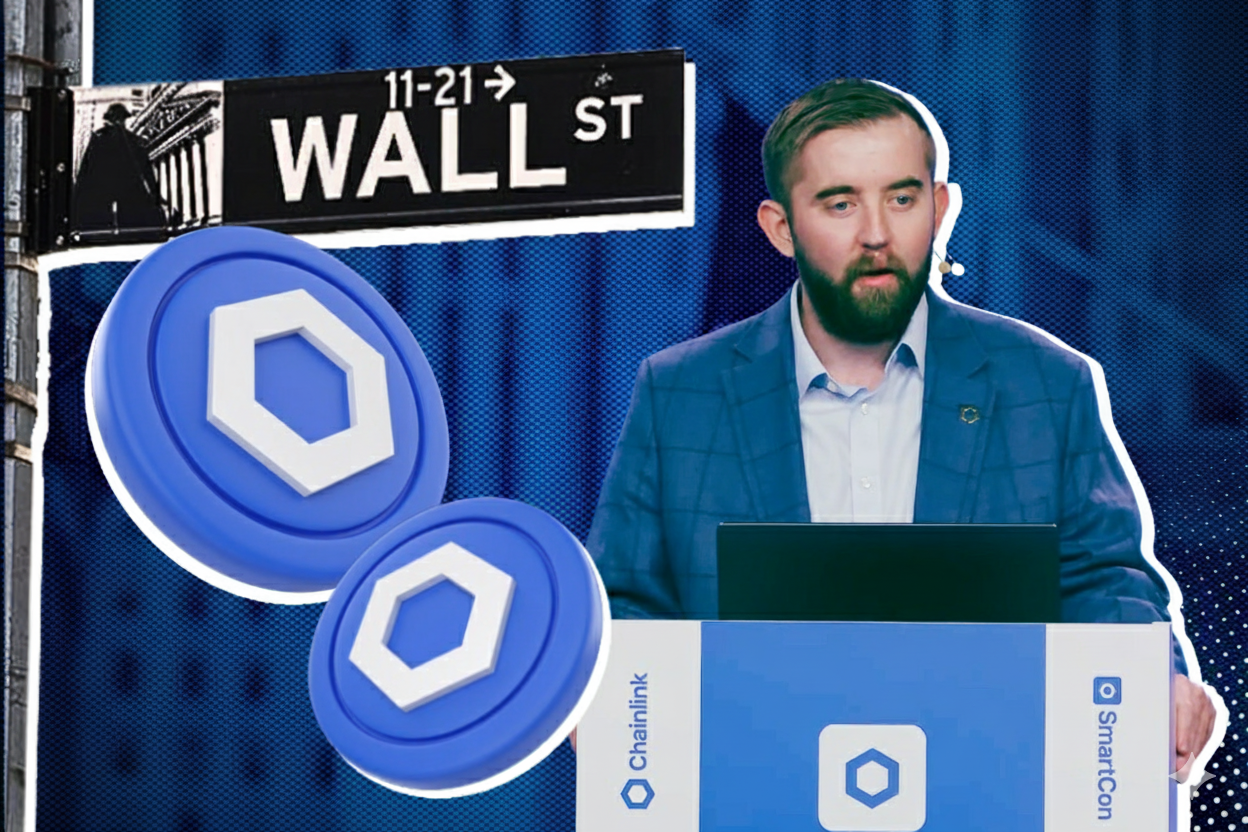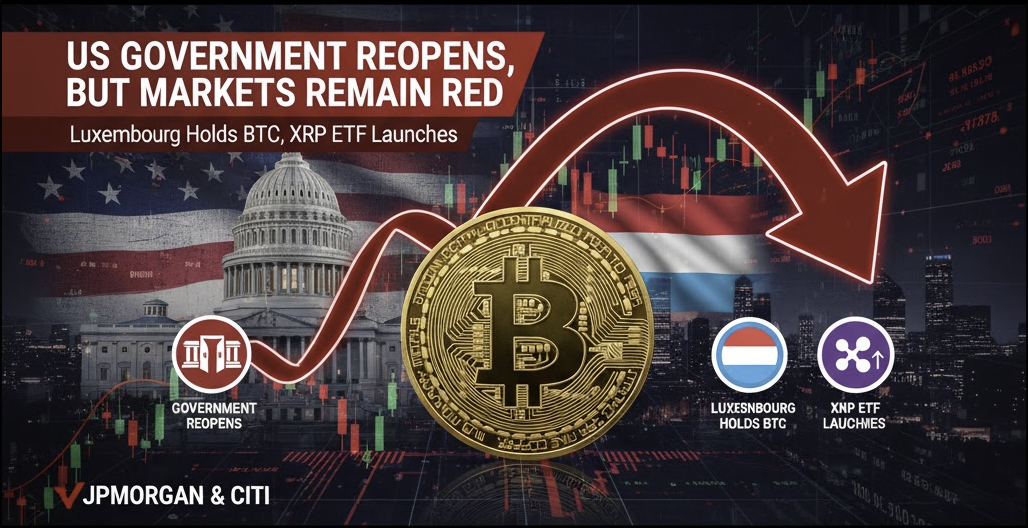[Blockchain, Ethereum, Layer 1, Layer 2, Crypto Market]
The Rise of Other Layer 1 Blockchains
It wasn’t long ago when many people in the crypto community believed that no other Layer 1 blockchain could challenge Ethereum. Blockchains like Avalanche, Solana, and BNB Chain were often dismissed as imitators—copying Ethereum’s popular protocols like Uniswap and Aave—and relying heavily on incentive programs to draw in users.
Layer 1s: From Clones to Innovators
However, these blockchains have proven to be much more resilient than expected. They didn’t just survive; they’ve grown and thrived, carving out unique value propositions in a crowded space. No longer are they merely Ethereum clones—many have developed innovative features that set them apart.
A prime example is Solana, which faced a major setback during the FTX collapse. Many analysts predicted that Solana’s ecosystem would never recover from the damage. Instead, Solana has come back even stronger, leveraging its monolithic architecture to handle fast, efficient transactions. Unlike Ethereum, which relies on Layer 2 scaling solutions, Solana processes a high volume of transactions on-chain, making it one of the most scalable Layer 1 blockchains.
Ethereum and Layer 2 Scaling Solutions—The Perfect Answer?
Ethereum’s biggest challenge has always been scalability. High gas fees and slow transaction speeds have made Ethereum less attractive to users during periods of heavy network activity. To solve this, Layer 2 solutions like Optimism, Arbitrum, and zkSync were developed, with the goal of scaling Ethereum while reducing costs and increasing efficiency.
Fragmentation of Users and Liquidity
However, as more Layer 2 solutions have entered the market, a new issue has emerged: fragmentation. With users and liquidity being spread across multiple Layer 2s, Ethereum’s once unified ecosystem has become increasingly fragmented, reducing network effects.
Moreover, many Layer 2 solutions are no longer solely focused on scaling Ethereum. Instead, they’re building their own ecosystems, often creating competition for Ethereum itself. For instance:
- Optimism is building the OP Superchain, which aims to connect multiple Layer 2s into a unified network.
- zkSync is working on the Elastic Chain, designed to create a seamless and interconnected Layer 2 ecosystem.
While these innovations are exciting, they may not directly benefit Ethereum’s mainnet as much as initially hoped. Without groundbreaking innovations, these Layer 2 solutions could face the same challenges as earlier Layer 1 blockchains—offering cheaper fees but lacking meaningful differentiation from their competitors.
Innovative Moves from Other Layer 1 Blockchains
While Ethereum grapples with scalability and fragmentation issues, other Layer 1 blockchains are forging ahead with their own innovations.
Avalanche’s Unique Approach with Avax9000
Avalanche, for instance, has rolled out Avax9000, a platform that enables the creation of multiple Layer 1 blockchains that can still interact with each other. This allows for increased flexibility and scalability while maintaining the integrity of each separate blockchain.
BNB Chain Expanding Beyond Just Transactions
On the other hand, BNB Chain has reduced transaction fees using Layer 2 opBNB but is also branching out into innovative areas such as:
- BNB Greenfield: A decentralized storage system.
- DataFi: Leveraging data for decentralized finance applications.
- Decentralized AI: Exploring new intersections between AI and blockchain.
Fantom’s Processing Power Without Layer 2
Similarly, Fantom has made strides by upgrading its network to process up to 2,000 transactions per second, all without needing Layer 2 scaling or sharding technologies. This level of scalability places it in direct competition with both Ethereum and other Layer 1 competitors.
Layer 1 and Layer 2 Competition Intensifies
The competition between Layer 1 and Layer 2 blockchains is now at a fever pitch. Ethereum, which once held a near-monopoly on blockchain innovation, is now facing stiff competition from all sides.
Is Ethereum Still the Best Option for Investors?
Ethereum’s reliance on Layer 2 solutions for scalability has proven to be both a strength and a potential vulnerability. While Layer 2s have made Ethereum more scalable, they’ve also created competition within its own ecosystem. Moreover, Layer 1 blockchains like Avalanche, BNB Chain, and Solana are offering increasingly compelling alternatives.
Investors now face a more difficult choice than ever before. Is Ethereum still the safest bet, or should they be looking more closely at other Layer 1 or Layer 2 solutions that are developing their own ecosystems?
A New Era of Blockchain Development
As more Layer 1 blockchains continue to innovate and more Layer 2 solutions build ecosystems, the market is poised for significant changes. The question now is whether Ethereum can adapt quickly enough to maintain its dominance, or if we are on the cusp of a new era where no single blockchain dominates the landscape.
Conclusion: The Race is Just Beginning
While Ethereum remains a powerhouse in the blockchain world, the race for dominance is far from over. The emergence of innovative Layer 1 blockchains and the increasing complexity of Layer 2 solutions have created a more competitive and dynamic market than ever before. Ethereum must continue to innovate, or risk losing its top spot in a rapidly evolving ecosystem.
For users, this competition is a positive development. It forces all players in the blockchain space to constantly improve their offerings, driving innovation that will benefit the entire market.
In the near future, Ethereum will need to fight hard to keep its crown, while other Layer 1 and Layer 2 blockchains must continue innovating to remain relevant. The race is just beginning, and the outcome is anything but certain.
DISCLAIMER: This article is for educational purposes and should not be considered financial advice.


.png)





